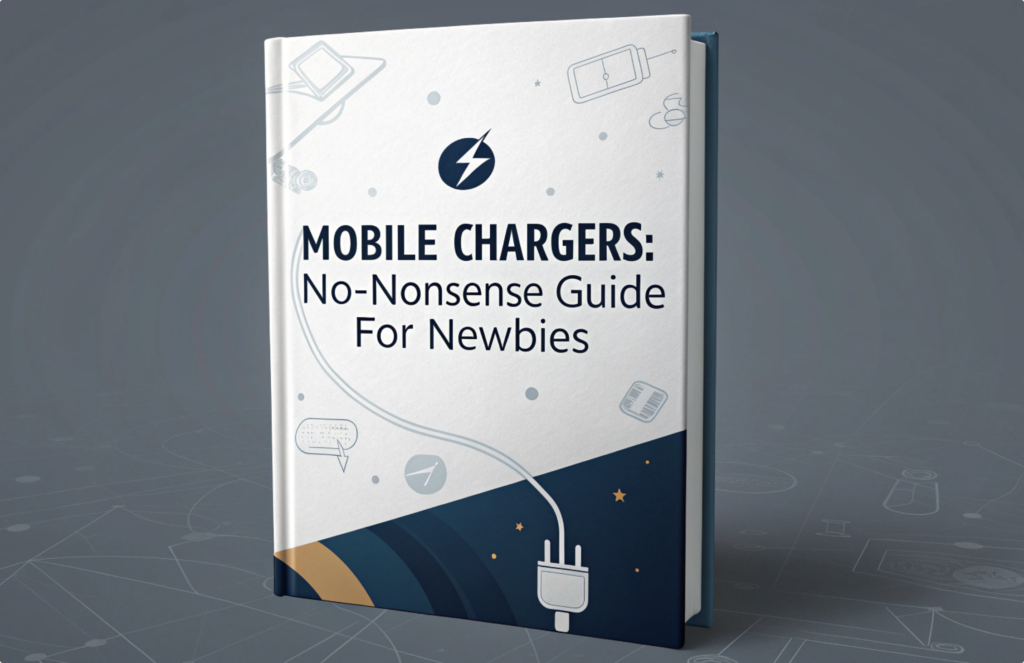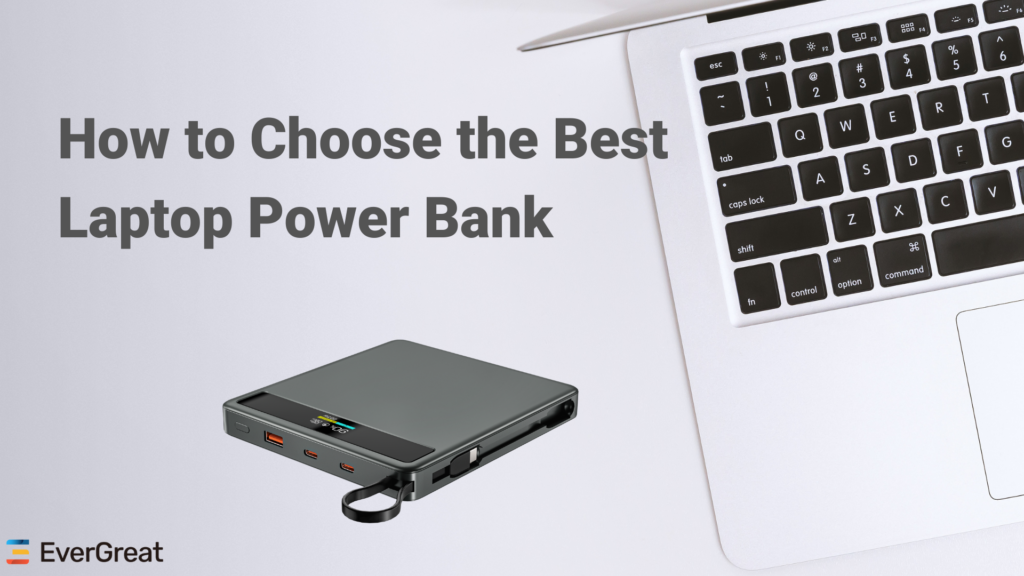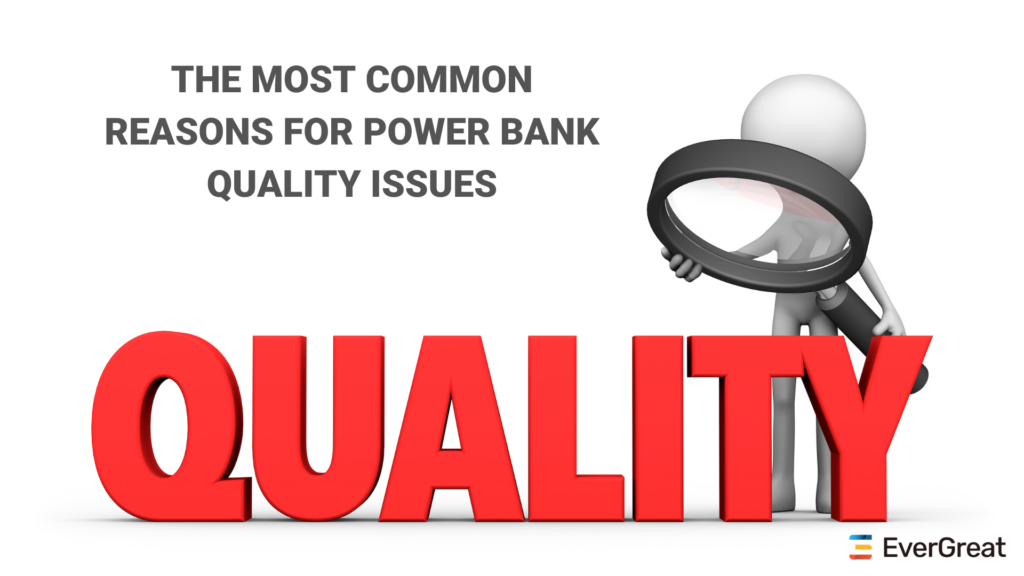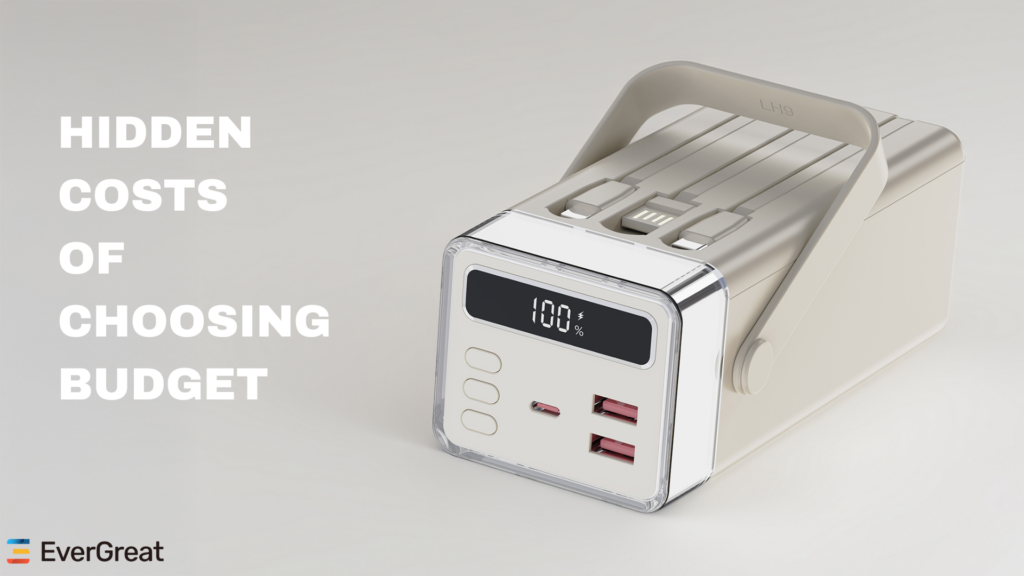In the power bank industry, a price war is often a trap. Chasing the lowest price may look like savings in the short term, but in the long run it brings after-sales issues, brand damage, and even safety hazards. Real cost optimization is not about “squeezing price,” but about making smart technical and supply chain choices that reduce hidden costs and extend product lifecycle. Below are seven key principles every buyer should understand.
✅ 1. Prioritize High-Quality Battery Cells
The battery cell is the heart of a power bank, accounting for 60–70% of the cost.
- Tier-1 A+ grade lithium-ion cells (ATL, Samsung, LG, EVE, BYD, etc.) feature accurate capacity, low internal resistance, and long cycle life. While cheap cells may last only 200–300 cycles, premium cells can reliably reach 500–800+ cycles.
- Risks of poor cells: capacity fraud (a “10,000mAh” pack may actually hold only 5,000–6,000mAh), swelling, or even thermal runaway.
📌 Case study: A client chose cheaper cells to save money, only to face a 20% return rate within six months. Replacement and logistics costs, plus damage to their reputation, far outweighed the savings.👉 Premium cells are the cheapest investment in the long run.
✅ 2. Demand High Conversion Efficiency
A power bank’s job is to store and release energy—but not all of it makes it through.
- Low-efficiency circuits waste 20–30% of energy. A 10,000mAh pack might deliver only 7,000–8,000mAh.
- High-efficiency circuits (using synchronous rectification, low-resistance MOSFETs, advanced power management ICs) can achieve 90%+.
📌 Example: Two power banks, both labeled 10,000mAh. One charges a phone only 1.5 times, the other 2 full times. Customers see the first as “fake” and the second as “real.” For B2B clients, high efficiency also means smaller batteries can meet the same user needs, lowering BOM costs. 👉 Efficiency pays for itself in both user satisfaction and cost savings.
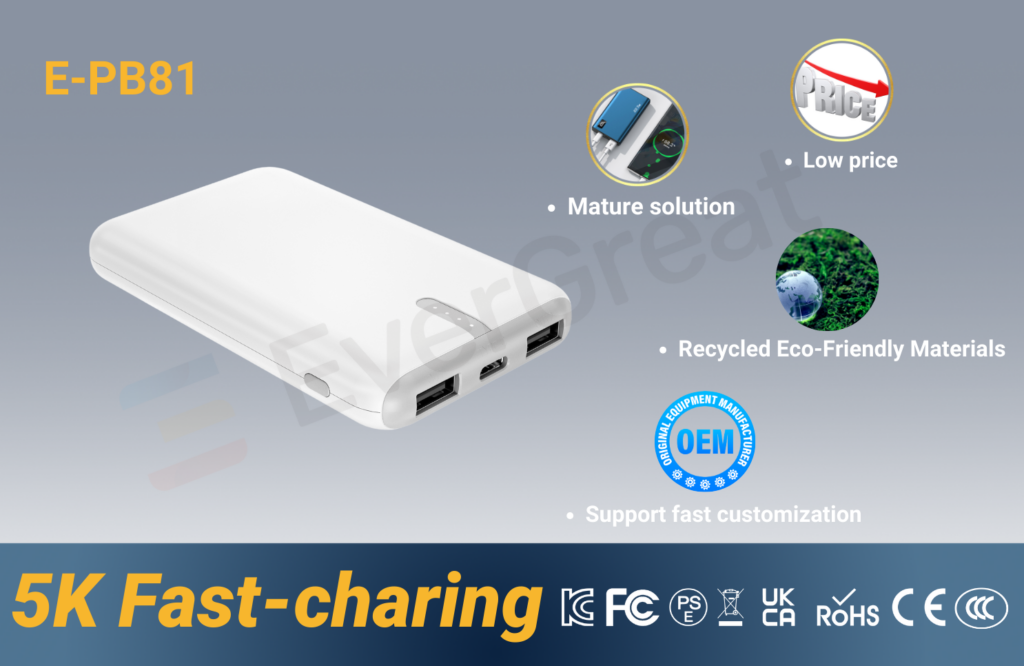
✅ 3. Verify Robust Protection Systems
Battery safety is non-negotiable.
- Essential protections: overcharge, over-discharge, over-current, short-circuit, and over-temperature.
- FOD (Foreign Object Detection) is critical for wireless charging, preventing dangerous metal heating.
- Premium ICs (e.g., TI, Injoinic) cost more but deliver far greater stability.
📌 Lesson: The Samsung Note7 recall cost over $5 billion. Root cause: battery protection and design flaws. A power bank without proper safeguards poses the same risks.👉A protection system is not optional—it’s an insurance policy against future losses.
✅ 4. Insist on Rigorous Quality Control
QC is the only way to catch problems before they leave the factory.
- IQC (Incoming): reject poor-quality cells, PCBs, housings at the gate.
- IPQC (In-Process): spot-check soldering, assembly, and performance during production.
- FQC (Final): test electrical performance, appearance, button durability.
- Reliability tests: 72-hour burn-in, 1m drop tests, -20°C\~60°C temperature cycling.
📌 Industry data: With strict QC, DOA (dead on arrival) rates can be <0.1%. Without it, 2–5% is common. 👉 Every 1% DOA may mean tens of thousands lost in after-sales. QC is the smartest investment.
✅ 5. Choose Durable Materials & Structures
Power banks are carried daily—they get dropped and squeezed.
- Housings: PC+ABS plastics are tough and flame-retardant; aluminum alloy offers premium look and superior heat dissipation.
- Internal design: support structures and EVA pads absorb shocks, protecting the cell and PCB.
- Surface finish: UV coating or anodizing affects not just aesthetics but scratch resistance.
📌 Example: A cheap case cracks after one drop, exposing cells; a premium one withstands multiple drops with no issue. 👉Strong materials and design lower return rates and build customer trust.
✅ 6. Confirm Certifications & Compliance
Battery products face strict global regulations.
- Europe: CE, RoHS
- USA: FCC, UL
- Japan: PSE
- Shipping: UN38.3, MSDS, air transport approvals
📌 Case: A shipment without PSE was blocked in Japan and returned at full cost, causing six-figure losses. 👉Certifications are a market entry ticket. Skipping them risks sales bans and costly losses.
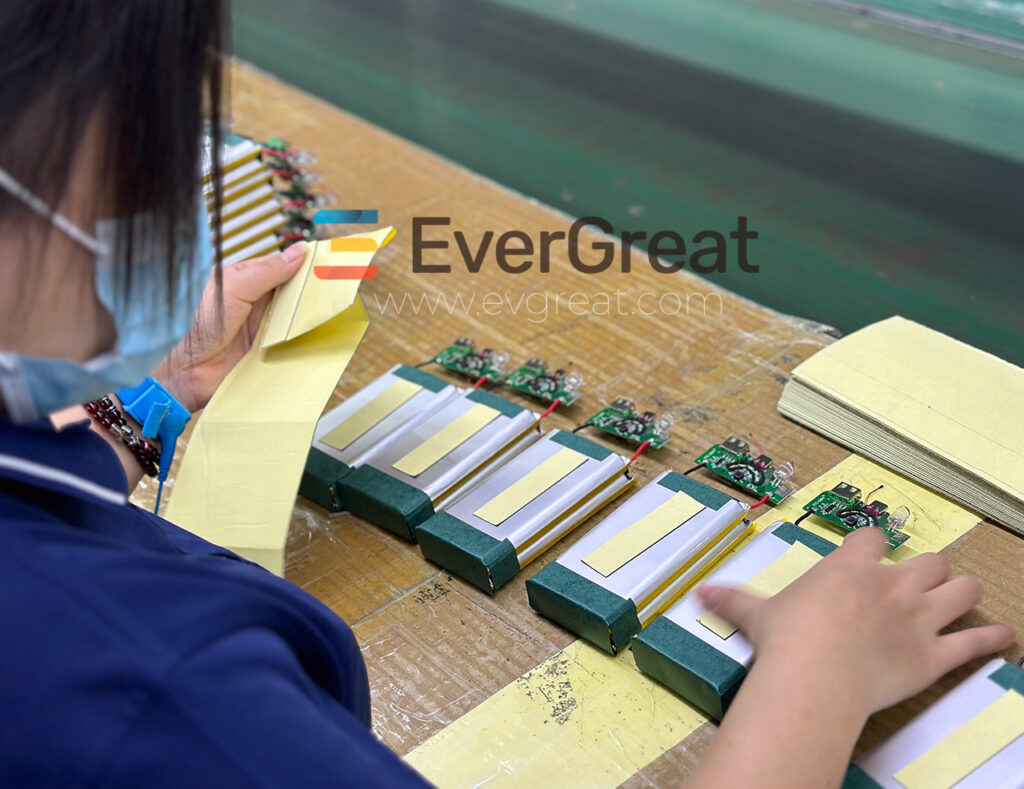
✅ 7. Optimize Thermal Management
Heat is the #1 killer of battery performance.
- PCB layout: keep heat-generating parts away from the cell.
- Thermal solutions: aluminum housings, thermal pads, venting holes.
- Smart control: temperature sensors and algorithms that adjust charging power in real time.
📌 Data: After 500 cycles at room temperature, cells may retain \~85% capacity; under high heat, this drops to \~65%. 👉Good thermal management protects both safety and lifespan—especially under fast charging.
🔑 Conclusion
Cutting costs is not about cutting corners. It’s about reducing hidden risks and maximizing lifecycle value.
By choosing premium cells, efficient circuits, complete protection, strict QC, durable design, proper certifications, and smart thermal management, you achieve:
- Lower after-sales costs
- Higher customer satisfaction
- Stronger long-term brand value
That’s the smartest cost optimization strategy.


